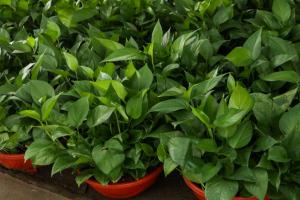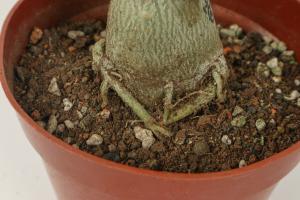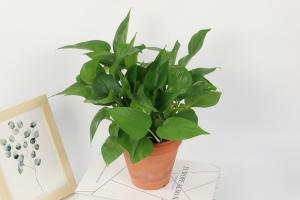Introduction
If you are wondering what potting soil is best for snake plants, you are in the right place. Snake plants are excellent indoor plants that require minimal care and are great for beginners. However, the type of soil you use can make a big difference in the growth and health of your snake plant.
Characteristics of Snake Plants
Before we dive into the best potting soil for snake plants, it’s important to know a few characteristics of this type of plant. Snake plants are native to West Africa and can grow up to three feet tall. They are known for their long, upright leaves that resemble snakes, hence the name snake plant. These plants are hardy and can tolerate low light, making them ideal for indoor spaces with minimal natural light.
Important Factors in Choosing Potting Soil for Snake Plants
When selecting potting soil for snake plants, there are a few important factors to consider. First, the soil should provide adequate drainage to prevent water from accumulating around the roots. Snake plants do not like to be waterlogged, so it’s important to choose a soil mix that will allow excess water to escape.
Secondly, the soil should be able to hold some moisture while still allowing air to circulate around the roots. Snake plants don’t like to be completely dry, and they also don’t like to be constantly wet. The right potting soil mix will create a balance that allows the plant to thrive.
Lastly, the soil should be nutrient-rich to provide your snake plant with the necessary nutrients for growth. A good potting soil mix for snake plants should contain a blend of organic matter and minerals to promote healthy growth.
The Best Potting Soil for Snake Plants
The best potting soil for snake plants is a well-draining mix that is rich in nutrients. A good mix should contain equal parts of peat moss, sand, and perlite. This combination will provide the necessary drainage, moisture retention, and aeration that snake plants need to grow.
It's also a good idea to consider adding some organic matter to the soil mix, such as compost or worm castings. This will help to provide your snake plant with additional nutrients and promote healthy soil structure.
Other Considerations When Potting Snake Plants
When potting snake plants, it’s important to choose the right-sized pot. Snake plants prefer to be slightly root-bound, so you don’t need to worry about choosing a too-large pot. A pot that is a little bit larger than the root ball is all that is required.
You should also avoid using pots with no drainage holes or pots that are too deep. This can cause water to accumulate around the roots and lead to root rot.
Conclusion
Choosing the right potting soil for your snake plant is an important decision that can make a big impact on the plant’s growth and health. A well-draining soil mix with equal parts peat moss, sand, and perlite, along with some organic matter, is the best choice for snake plants. By following these tips, you can help ensure that your snake plant thrives in its new potting soil.

 how many times do yo...
how many times do yo... how many planted tre...
how many planted tre... how many pine trees ...
how many pine trees ... how many pecan trees...
how many pecan trees... how many plants comp...
how many plants comp... how many plants can ...
how many plants can ... how many plants and ...
how many plants and ... how many pepper plan...
how many pepper plan...





























